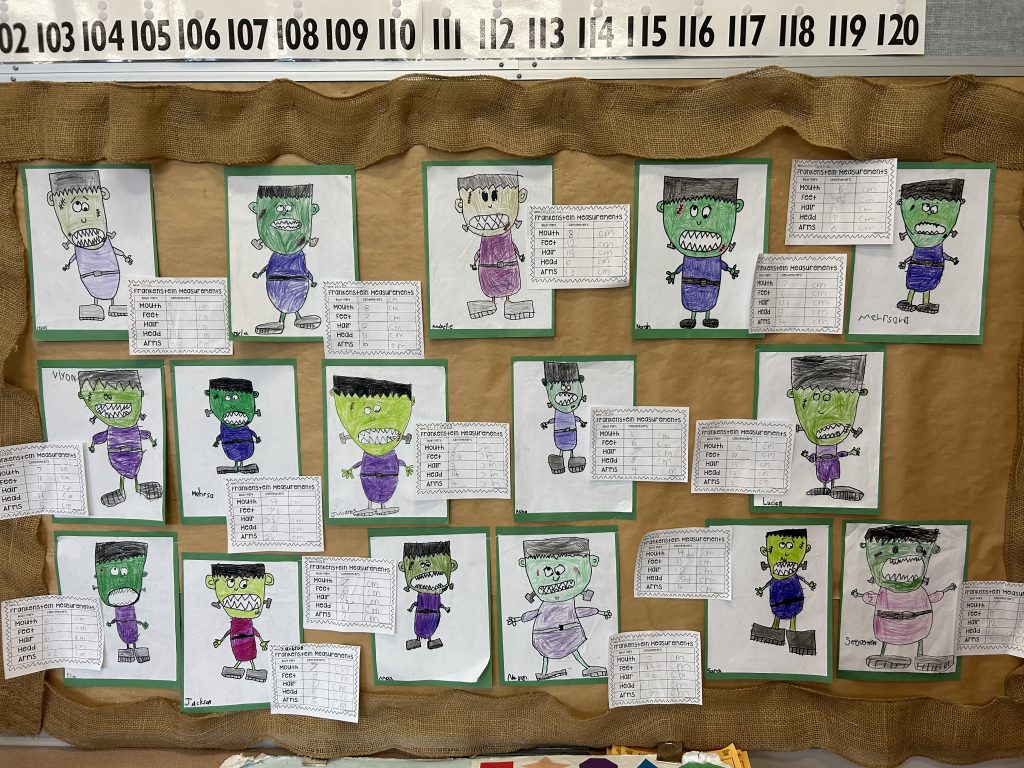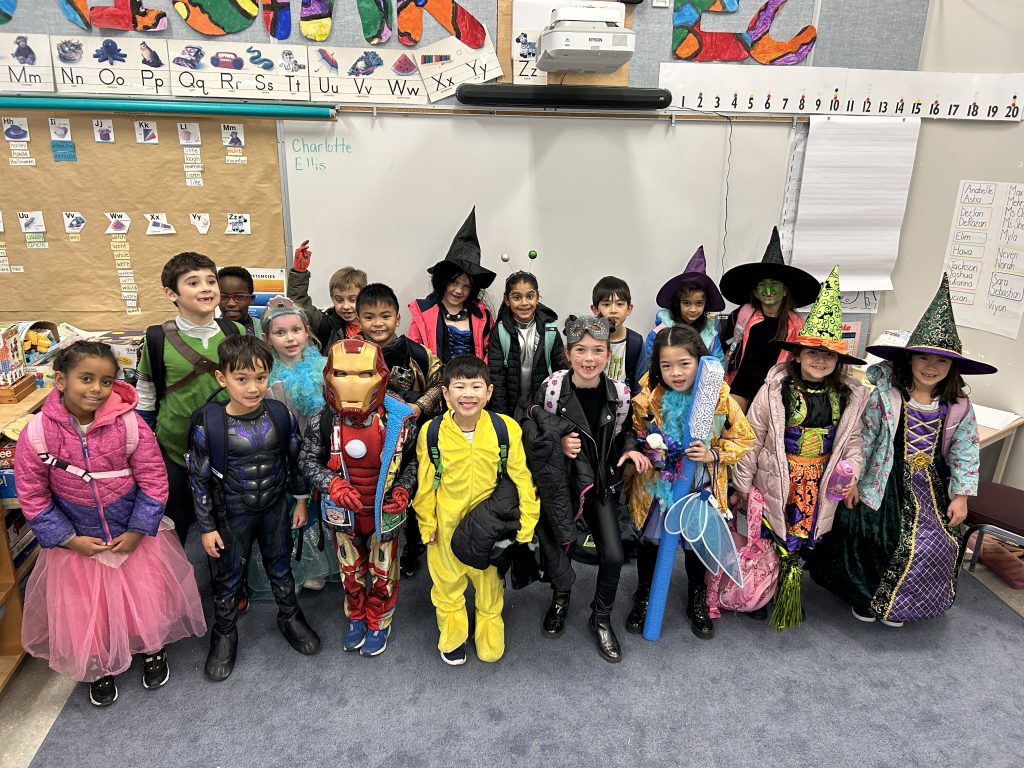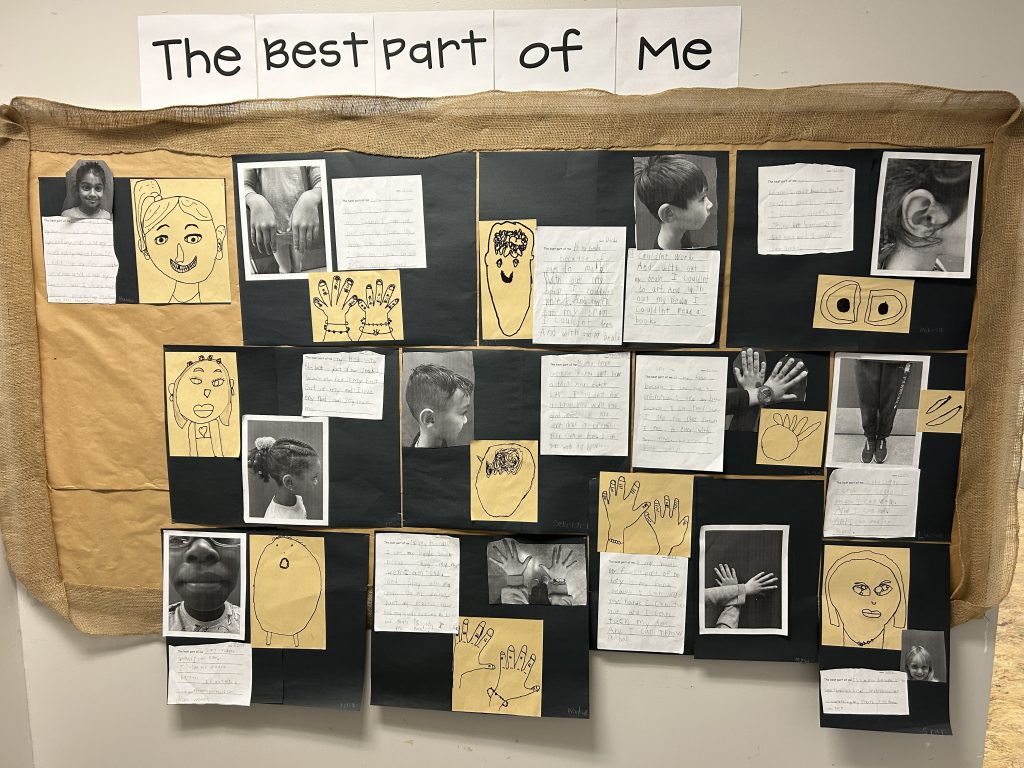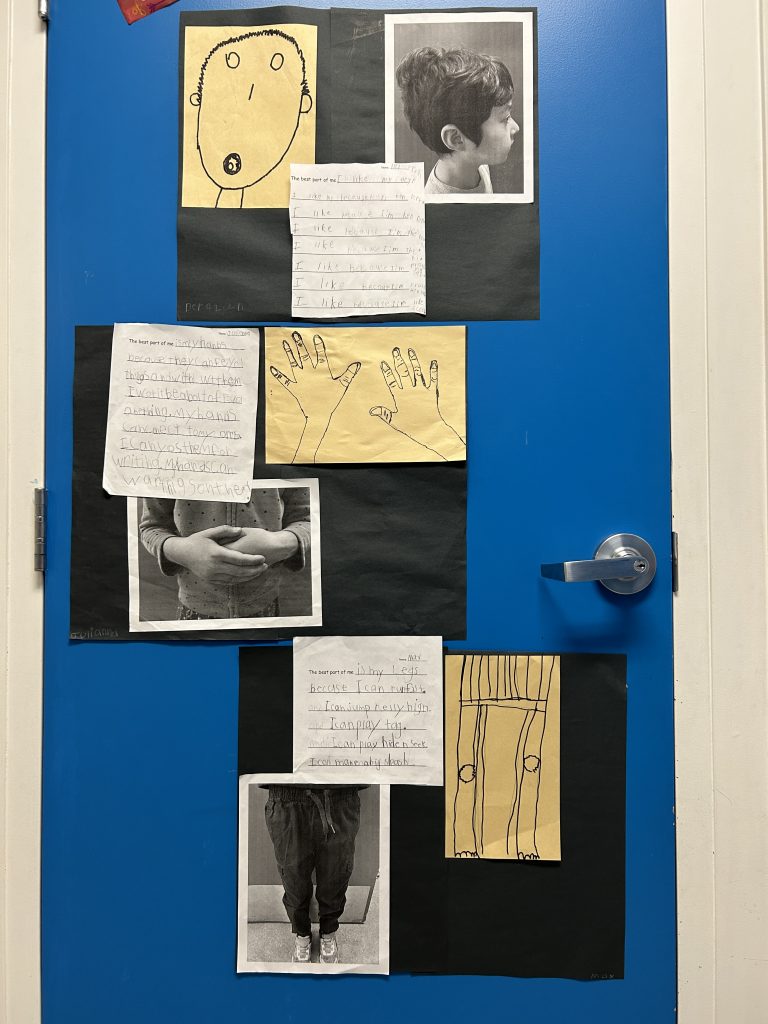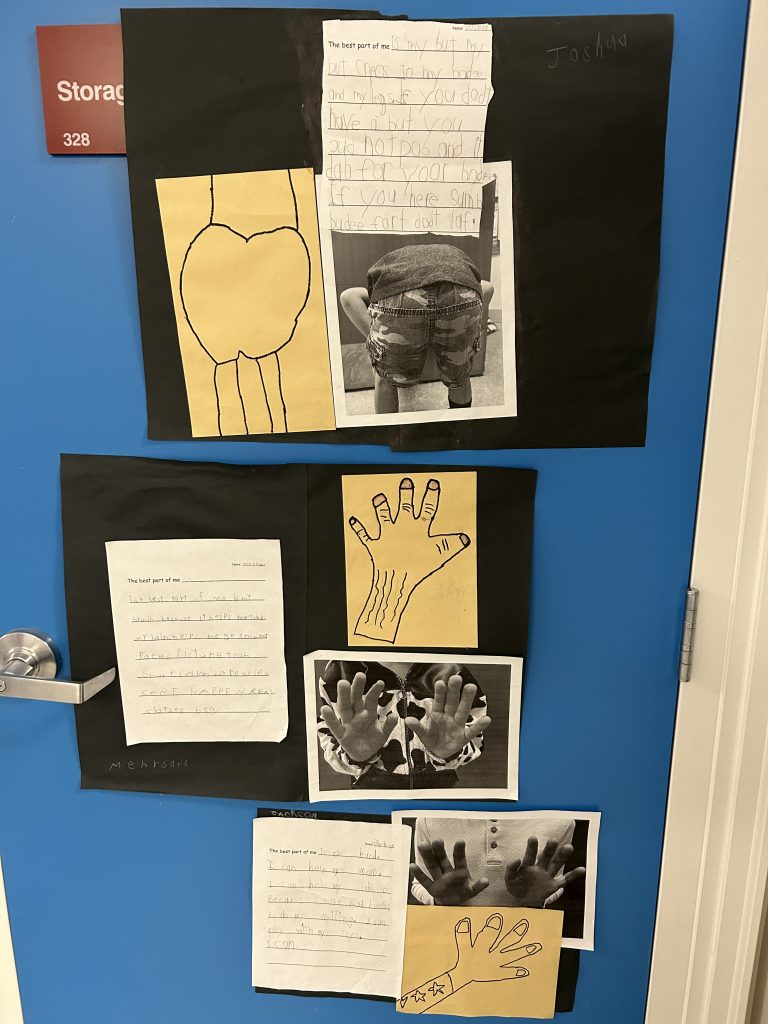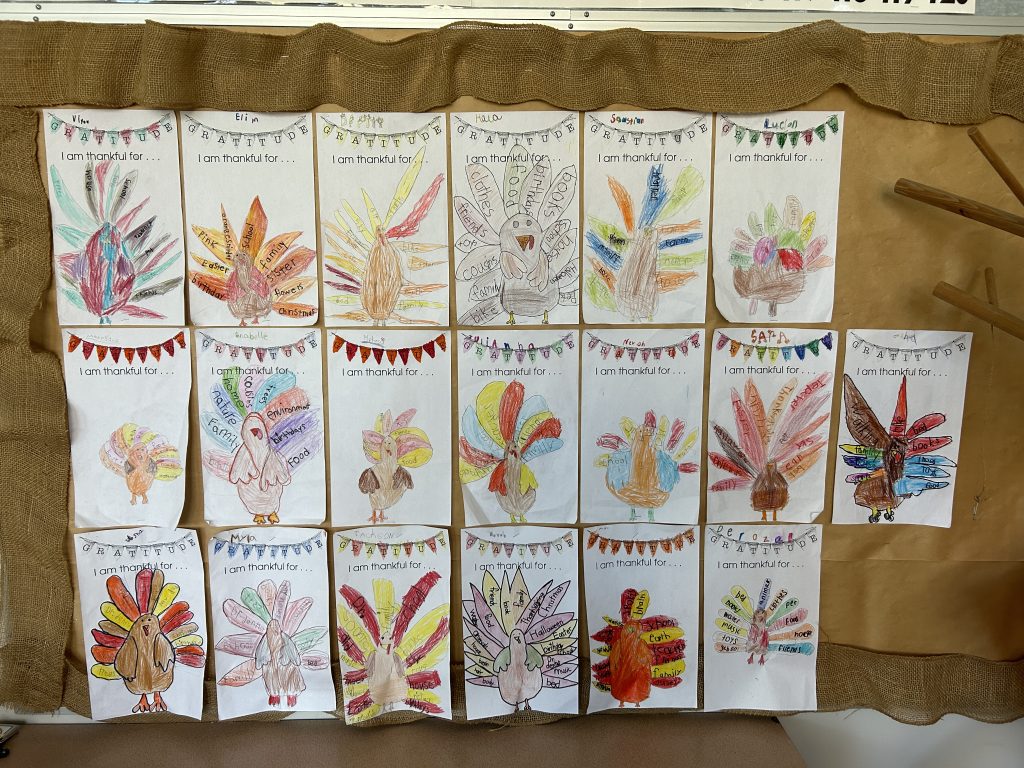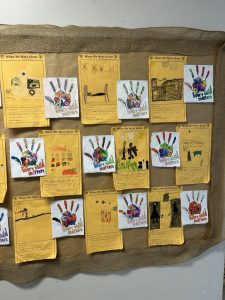In Math, we are learning to measure objects using standard units. For this activity, we started with a directed drawing of Frankenstein. The students followed my step by step instructions on how to create him. We then outlined him, decided on our colours and coloured him. Once that was complete, we measured the different parts of Frankenstein using a cm ruler. Students were very helpful in assisting others with their accurate measuring. Don’t they look awesome? Ask your child their favourite part of their drawing.
Big Idea:
- Inquiry through the arts creates opportunities for risk taking
- Objects have attributes that can be measured and compared
First Peoples Principles of Learning:
- Learning takes patience and time
- Learning is holistic, reflexive, reflective, experiential, and relational
Curricular Competencies:
- Explore elements, processes, materials, technologies, tools, and techniques of the arts
- Develop processes and technical skills in a variety of art forms to refine artistic abilities
- Represent mathematical ideas in concrete, pictorial, and symbolic forms
- Develop and use multiple strategies to engage in problem solving
Content:
- Elements of design: line, shape, texture, colour, form
- Principles of design: pattern, repetition, rhythm, contrast
- Direct measurement with standard metric units
Core Competencies:
Communication – Collaborating
- Profile 4: I can confidently interact and build relationships with other group members to further shared goals.
Creative Thinking
- Creative growth requires patience, readiness to take risks, and willingness to try new approaches
Learning involved:
- Students learned the significance of following step-by-step instructions
- Students demonstrated increasingly sophisticated application and/or engagement of curricular content
- Students experimented with the concept of accurately measuring using standard metric units
- Students learned the importance of accurately recording information found on their data sheets
